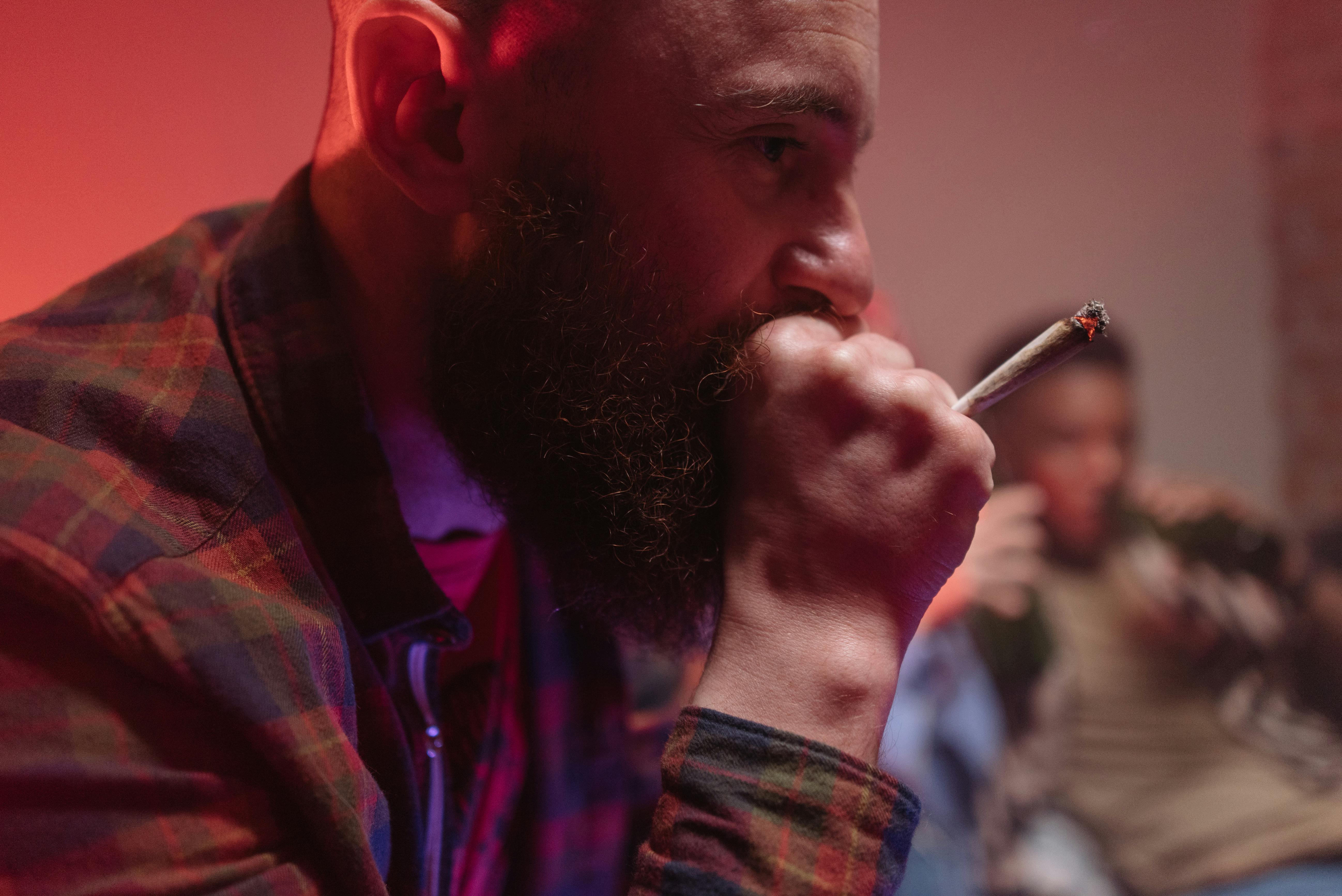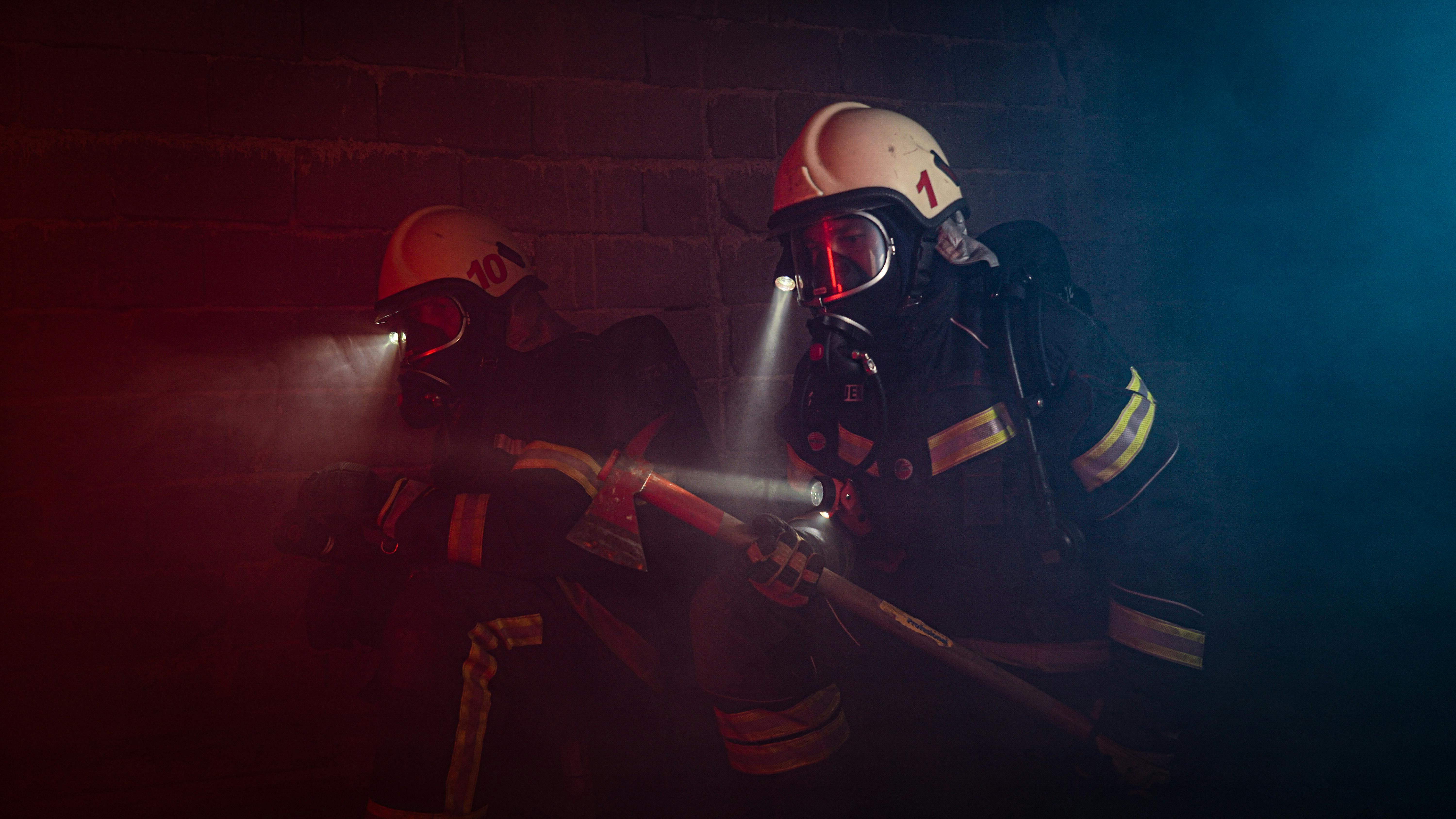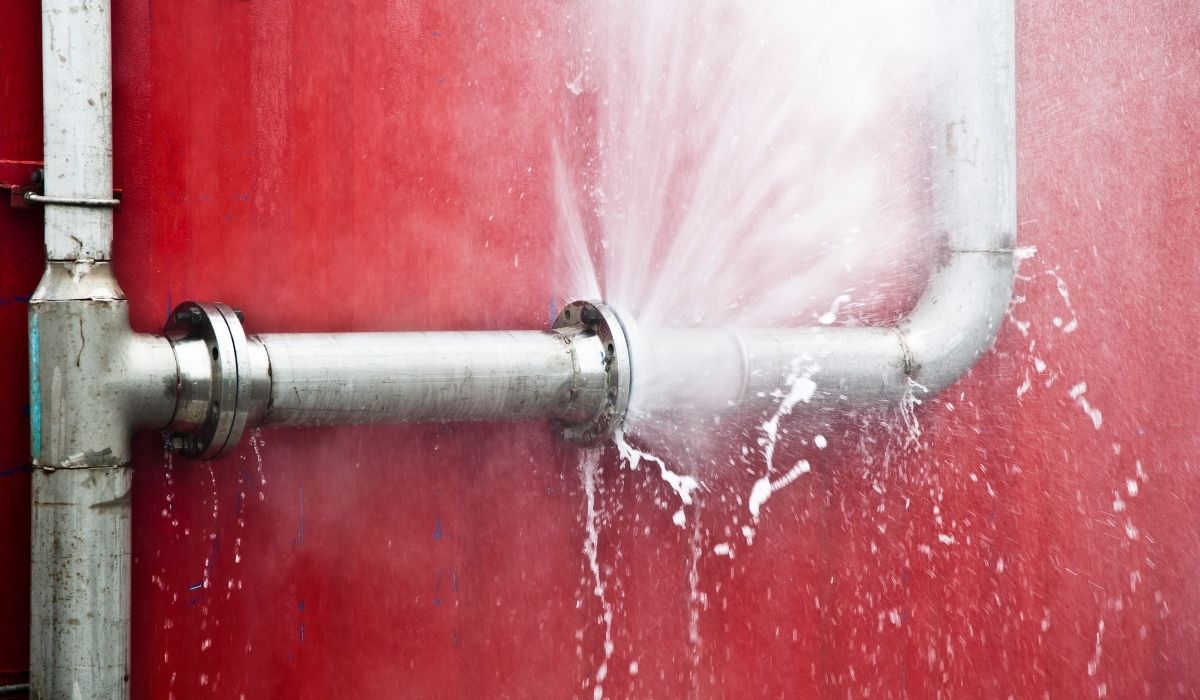Understanding Smoke Inhalation Risks for Your Health
When a fire burns, it doesn’t just create heat and flames—it also creates smoke. Breathing in that smoke can be very dangerous. This is called smoke inhalation, and it can cause serious problems to your lungs, blood, and body. Even small amounts of smoke can hurt your respiratory system and lead to health risks.
Whether the fire is from a wildfire, cooking accident, or burning plastic, the smoke that rises contains harmful things. These tiny pieces, called particulates, as well as gases like carbon monoxide, sulfur dioxide, and chlorine, can go deep into your lungs and bloodstream. They hurt your cells, reduce your oxygen, and can even cause death if you’re not careful.
Let’s look at what smoke inhalation is, what risks it brings, and how to stay safe.
What Is Smoke Inhalation?
Smoke inhalation happens when you breathe in smoke during a fire. This smoke is made of toxic gases, chemicals, and very tiny pieces of matter like soot. These can harm your lungs, nose, throat, and even your eyes and skin.
Your respiratory tract is like a tunnel that brings air from your nose and mouth to your lungs. When smoke enters, it can cause irritation, inflammation, or even edema (swelling). This makes it hard to breathe.

What’s in Smoke?
Smoke is full of harmful things:
Carbon monoxide – A poisonous gas that takes oxygen away from your blood cells
Cyanide and cyanide poisoning – Found in burned plastic or fabrics
Hydrogen chloride, ammonia, and chlorine – Gases that can burn your tissue
Particulates – Tiny pieces of ash or soot that hurt your lungs
Sulfur dioxide – A gas that makes you wheeze and cough
Carbon dioxide – Reduces the amount of oxygen you breathe in
Breathing these can poison your blood, damage your lungs, and lower your oxygen levels—a condition called hypoxia.
What Happens to the Body?
Smoke can damage many parts of your body:
Lungs: Smoke burns and swells the trachea (windpipe) and lungs. It makes it hard to breathe and can cause pulmonary edema (fluid in the lungs).
Blood: Smoke fills your blood with carbon monoxide, which stops oxygen from reaching your cells.
Skin: You may feel pain, burns, or see changes in skin color.
Heart: Lack of oxygen can make your heart rate go up and cause damage.
Brain: You might feel confused, get a headache, or even fall into a coma.
All of this is why smoke inhalation is a health emergency.
Signs of Smoke Inhalation
If someone has breathed in smoke, they may show these signs:
Shortness of breath
Wheezing or noisy breathing
Coughing up black mucus
Pain or tightness in the chest
Nausea and vomiting
Dizziness or confusion
Headache
Red or watery eyes
Burns on the face, nose, or mouth
Trouble talking or loud breathing
These signs mean the person needs first aid and medical attention right away.

How Do Doctors Check for Smoke Inhalation?
In the emergency department, doctors use special tests:
Pulse oximetry – Checks how much oxygen is in your blood
Blood gas test – Looks at oxygen, carbon dioxide, and acidity in your blood
Carboxyhemoglobin test – Measures carbon monoxide in your blood cells
Arterial blood gas test – A deeper test of your blood’s oxygen
Bronchoscopy – A camera is used to look inside your lungs
Blood test – Checks for toxicity or poison in your body
How Is Smoke Inhalation Treated?
Treatment depends on how serious the injury is:
Oxygen therapy – Pure oxygen helps clean the carbon monoxide from your blood
Inhalers or medication – Help reduce inflammation and open airways
Ventilators – Machines that help you breathe if your lungs are too hurt
CPR (Cardiopulmonary Resuscitation) – May be needed in severe asphyxia cases
Fluids and nursing care – Keep you hydrated and watched closely
In some cases, doctors use respirators, HEPA filters, and air conditioning to give clean air to patients.
Who Is at Higher Risk?
Some people are more likely to get hurt by smoke:
Children
Older adults
People with asthma
People with bronchitis or chronic kidney disease
Firefighters or workers near pollution
People living near wildfires
These people need to be extra careful around smoke or during fires.
What Are Long-Term Effects?
Even if you feel better after smoke exposure, problems can still happen:
Lung cancer
Asthma or worse wheezing
Chronic bronchitis
Eye or throat irritation
Lung tissue damage
Less oxygen in your blood
Long-term effects may need continued therapy, medication, or health care checks.
How Can You Stay Safe?
To lower your risk, here’s what to do:
Wear a mask like a surgical mask or respirator during fires
Use air conditioning and keep windows shut during wildfires
Avoid areas with heavy air pollution
Install smoke detectors at home
Never leave food cooking alone—it can cause a fire
Keep kids and pets away from combustion sources
Use a HEPA filter inside your home
Stay inside during ozone alerts
If you live in a wildfire zone, make a safety plan and pack an emergency bag.
When to Get Medical Help
Call for help if someone:
Has trouble breathing
Looks confused or very sleepy
Has burns or soot on the face
Has a fast heart rate
Is coughing up black or bloody mucus
Has a headache that won’t go away
Is throwing up or feels dizzy
Get them to the emergency department right away.

FAQs About Smoke Inhalation Risks
1. Can smoke inhalation make you sick without a fire nearby?
Yes. Breathing in air pollution, ozone, or smoke from faraway wildfires can still cause respiratory problems and damage your lungs.
2. What should I do if I breathe in smoke?
Leave the smoky area. Take deep breaths of fresh air, drink water, and go to the emergency department if you feel short of breath, dizzy, or sick.
3. How long does it take to recover from smoke inhalation?
Mild cases can take a few days. Serious injury may take weeks or months and might need oxygen therapy, medication, or regular health care visits.
4. Can smoke inhalation cause permanent damage?
Yes. It can lead to lung disease, asthma, or even lung cancer. Some people may have lifelong breathing problems.
5. What’s the best way to prevent smoke inhalation?
Stay away from fires, use air filters, wear a mask, and avoid heavy pollution. Protect your home with smoke alarms and keep escape plans ready.
Smoke inhalation is a serious danger, even if you don’t see flames. It can hurt your lungs, blood, and brain, and may cause long-term health issues. Learning about smoke inhalation risks and how to protect yourself helps you and your family stay safe. Always act fast and get medical attention when needed.
Visit your nearby local emergency responder or contact us today for more information.
Table of Contents
EXCELLENTVerified A straight up honest broker who knows his stuff. Excellent communication and very helpful problem solving our mold issuePosted onVerified Giving Eric a 5-star review, and we haven't even started any work yet. He came to gave us his professional opinion and quote to address a mold issue in our house. He is clearly very knowledgeable. His opinion was wildly different than the previous estimate we received, from an agency that wanted to charge us about 4 times as much. He did a much more thorough assessment, and explained his reasoning for why he felt that our issue wasn't as extreme as the previous agency. He even gave us some suggestions as to how we could address our issue on our own, if need be. He doesn't appear "out to get you"... there are a lot of companies that work off the "mold is gold" motto, but he doesn't seem to be one of them. If we end up going with him for the job, we'll update the review... but, I was just so happy and relieved with his approach, estimate, knowledge, and his overall professionalism. Glad there are still people like this out there!Posted onVerified Eric and his team were prompt and professional. From diagnosis through cleanup they were very thorough.Posted onVerified Above and beyond expectations. Eric and his team were not only helpful, kind, and relatable to our issues, they were extremely professional and reliable. Always answered our calls. Showed up on time with great attitudes. Respected our home. Most importantly, got the job done in a fast and timely manner. Can't recommend enough.Posted onVerified We had a leak under the kitchen sink and called another company first. We were told there is mold and they would have to tent the area to remove it and that we'd also need a whole new cabinet. Of course, it was pretty expensive and they said we couldn't use the kitchen for a couple weeks. Feeling it's always wise to get more than one estimate, I called Preferred Restoration as they had excellent reviews. Eric replied promptly and came out to look things over. He felt the mold wasn't bad enough to require a tent and also felt a whole new cabinet was not required. Needless to say, we accepted his estimate immediately and the work was done in a professional manner. (They don't do the carpentry work, but can make a recommendation.) I highly recommend Preferred Restoration. I believe it's an honest company with skilled professionals.Posted onVerified Eric the owner was great to work and keep me informed the entire time that the moisture was being removed from my home. Highly recommend Eric and his team for any job!Posted onVerified Right from the start I knew I was going to be in good hands with this company. The response time was super quick and getting Eric to come out to my home to assess the situation was quicker than expected. Eric was very knowledgeable and answered all my questions thoroughly. He took his time to listen to all my concerns to carefully address the issues in my home. He made a stressful situation feel less stressful and manageable. I definitely recommend this company and will contact Eric if needed in the future. Thanks again Eric!Posted onVerified We discovered a mold issue in one of our bedrooms and reached out to Preferred Restoration Services for guidance. Eric was extremely helpful in helping us navigate what needed to be done since we had no experience with this type of issue. He shepherded us through the process and helped us understand every step that needed to be performed. He referred us to a couple of contractors which we used for plumbing and testing and they were also excellent. This was helpful so that we didn't have to figure out who else we needed to work with and vet them as well. Everyone from Preferred Restoration Services was very professional, communication was excellent, and customer service was outstanding. We had a lot of questions and they were all answered very quickly. I highly recommend Preferred Restoration Services for any damage restoration needs.Posted onVerified Preferred Restoration is the best service in town! If you want quality, fair pricing & guidance, call Preferred Restoration! Ask for Eric, he is very helpful and quick.Posted onVerified We had an issue with a sewer line that leaked and potentially needed some soil remediation under the house. I gave Eric a call and made an appointment for the next day for him to come out and assess the situation. Throughout the process his communication was great and he was on time (even gave me a call to let me know he was on his way). He went above an beyond to even check inside the house for potential water damage/mold. We did not have to move forward with any remediation. I appreciate Eric's communication, thoroughness, and HONESTY. We will keep his contact if we need any work in the future. I highly recommend Eric and Preferred Restoration!



